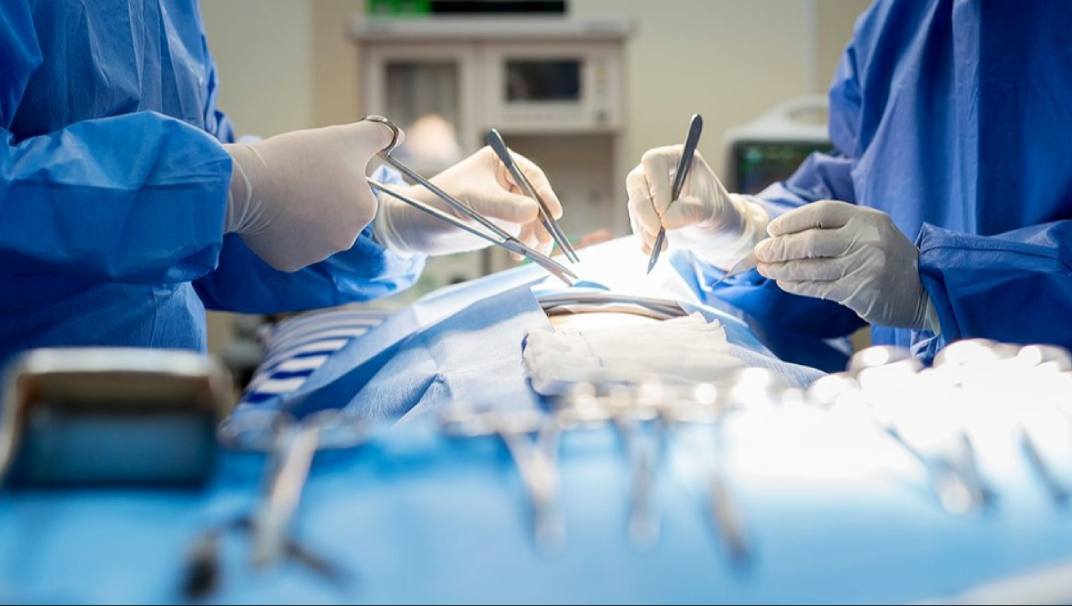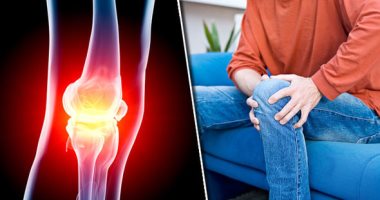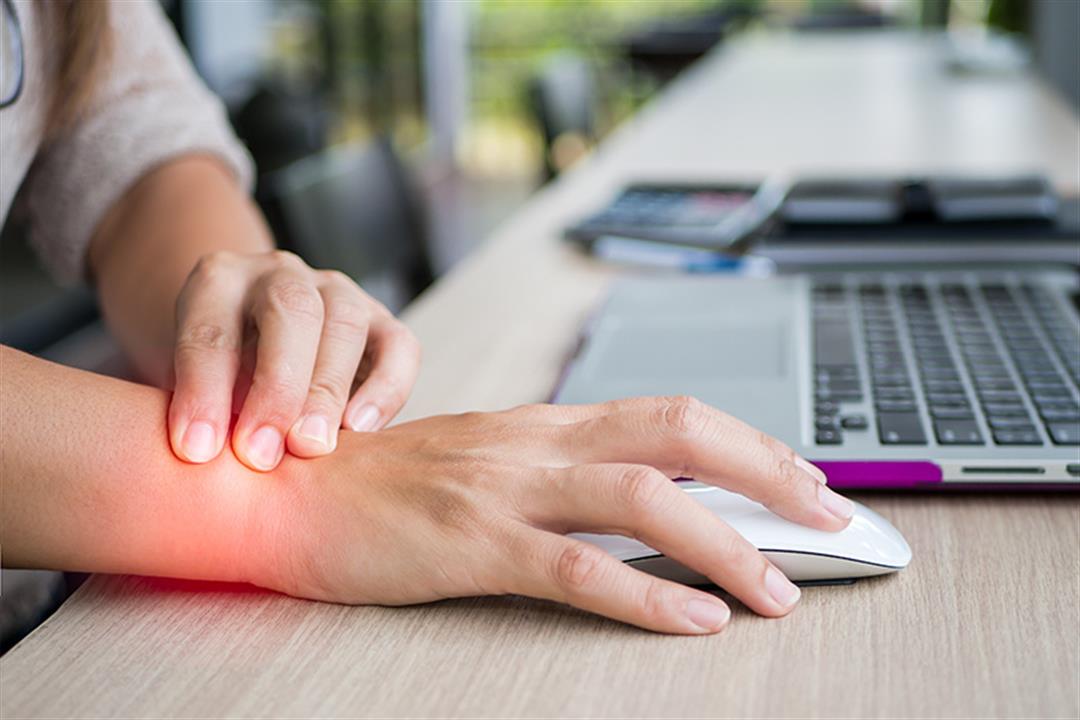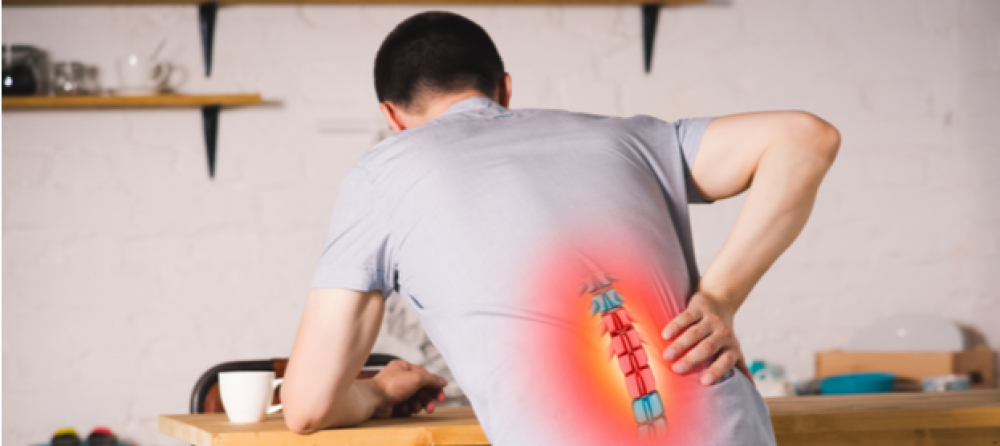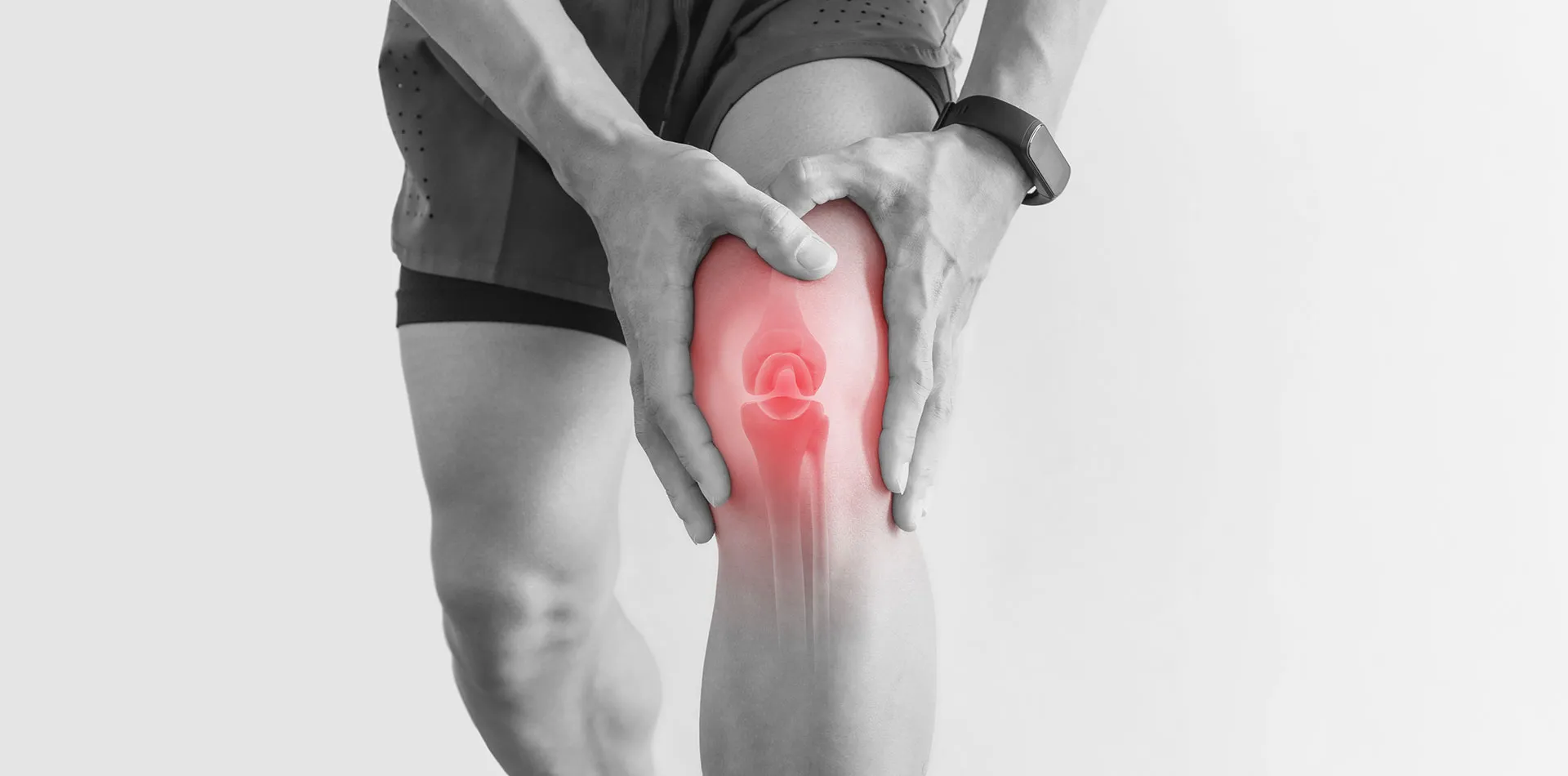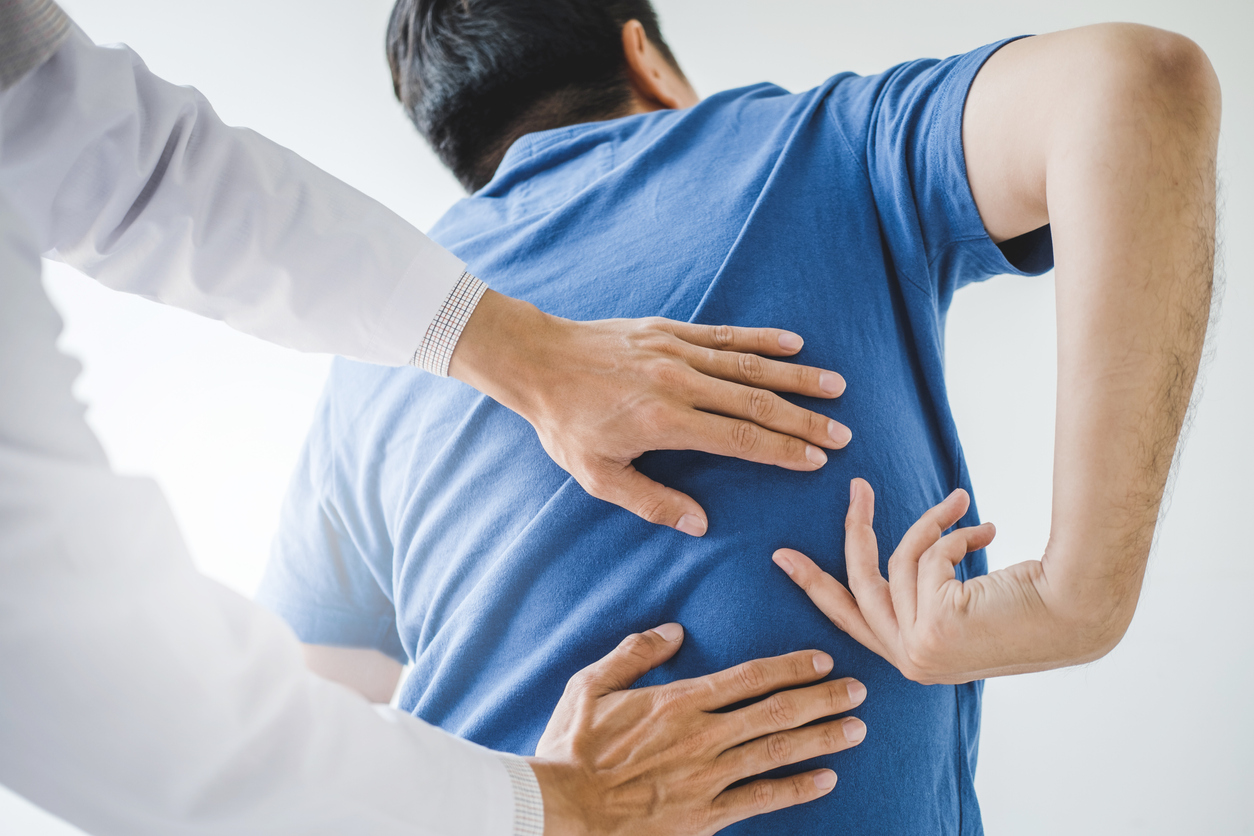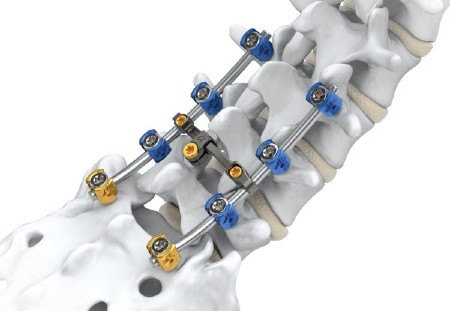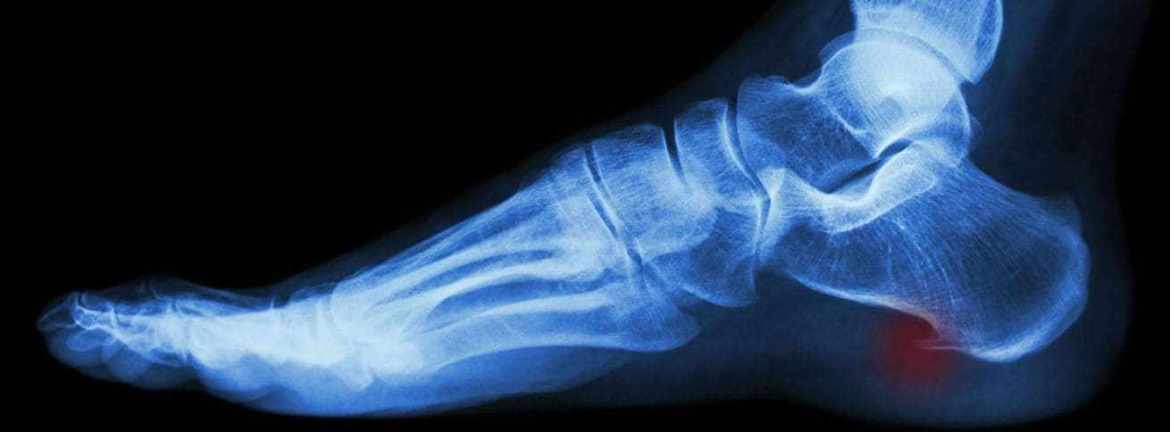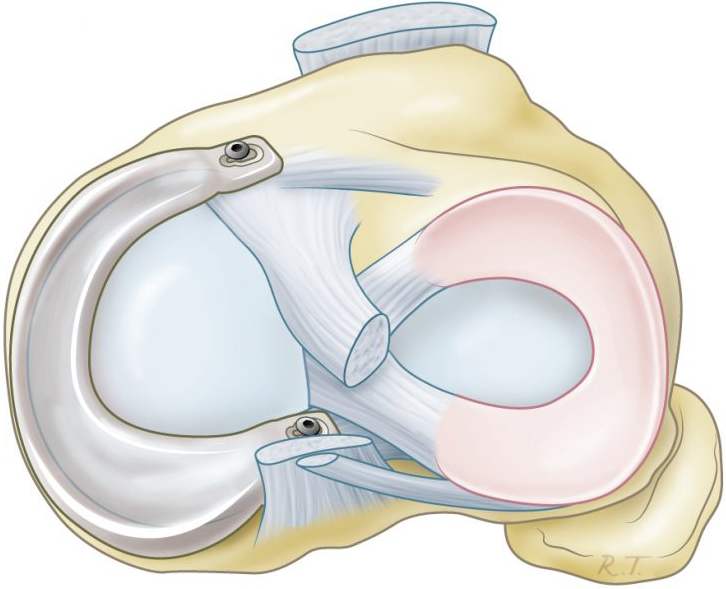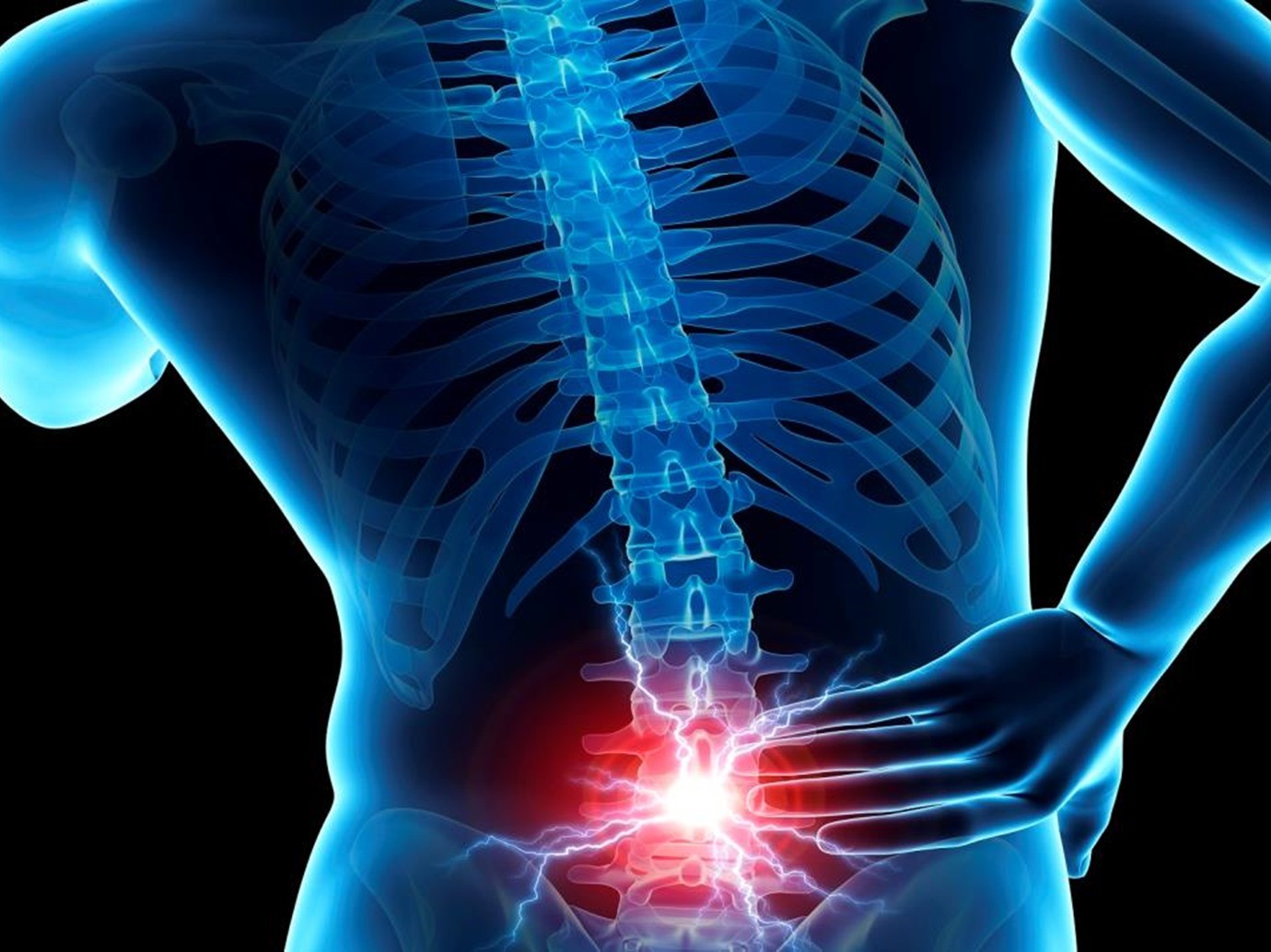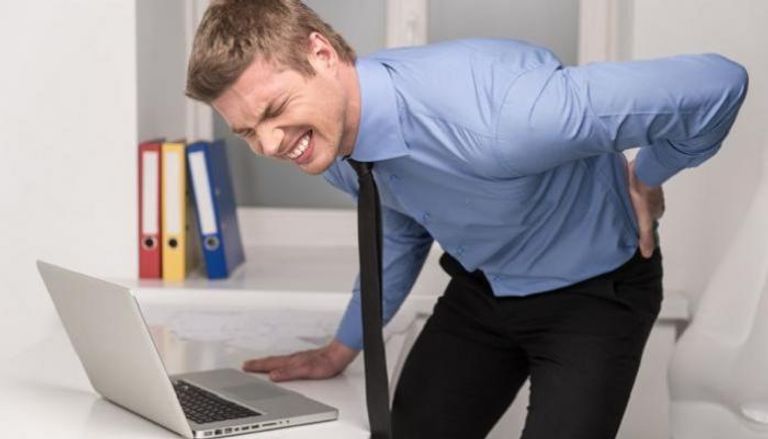Treatment of Calcaneal Spur with Heels and Important Prevention Tips!
Treatment for Heel Spur with Insoles Heel spur is a common injury that results in annoying pain for those affected by it, and in this article, we will get to know in some detail all the information related to it in terms of causes, symptoms, diagnosis methods, and various effective treatments.
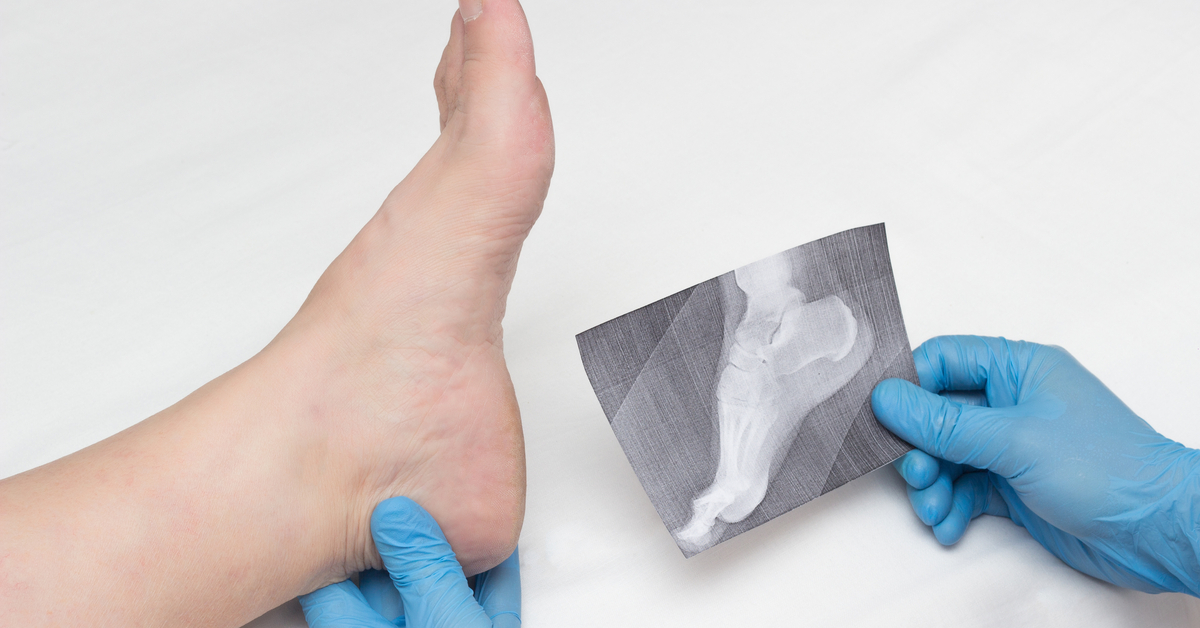
Treatment for Heel Spur with Insoles
Heel spur is a common condition that affects many people. This condition causes sharp pain in the heel area and the sole of the foot, especially in the early morning, which can be extremely annoying and significantly impact the individual’s life. Therefore, we will explore five effective treatments for heel spur as follows:
- Use Apple Cider Vinegar:
- Apple cider vinegar is considered one of the well-known natural remedies for treating heel spur.
- It is believed that the anti-inflammatory properties of apple cider vinegar help reduce the inflammation in the heel and alleviate the pain.
- To use it, mix two parts of apple cider vinegar with one part of warm water. Then, soak a piece of cloth in the mixture and place it on the inflamed area for 15-20 minutes. Repeat this process twice a day.
- Wear Proper Footwear:
- It is recommended to wear athletic shoes or shoes with good foot support.
- Avoid wearing high-heeled shoes or inappropriate footwear, as they increase pressure and tension on the heel, which can exacerbate the heel spur.
- Shoes with slightly raised heels may be a good option, as they help distribute the pressure better on the heel.
- Shockwave Therapy:
- Shockwave therapy is considered one of the modern and effective treatments for heel spur.
- This technique involves applying intense shockwaves to the inflamed area in the heel, which helps improve inflammation and alleviate pain.
- These sessions are typically performed in specialized medical centers and may require several sessions depending on the patient’s condition.
- Massage and Foot Strengthening Exercises:
- Massage techniques and exercises to strengthen the muscles surrounding the heel may help alleviate pain and improve the condition of heel spur.
- It is recommended to roll small balls with the foot, gently massage the heel and foot, and perform foot exercises guided by a physical therapist.
- Medication:
- If there is no improvement after the aforementioned treatments, the doctor may provide medication to relieve pain and soothe the heel spur.
- Medication may include pain relievers, non-steroidal anti-inflammatory drugs, and supplements containing glucosamine and fish oil.
What is a Heel Spur?
Heel spur is a common condition that affects many people. It occurs when calcium deposits form on the bottom part of the heel bone, resulting in a bony protrusion. Although heel spurs often do not cause pain, they can become painful when exposed to constant pressure or friction in the heel area.
Heel spurs typically result from continuous pressure on the foot or unusual stress on it, such as wearing inappropriate shoes or engaging in intense physical activities. The main symptoms of this problem may include pain in the heel area, which can be accompanied by pain in the sole of the foot and the arch as well.
If you have a heel spur, you should consult your doctor to confirm the diagnosis and discuss appropriate treatment. Treatment may involve changes in the shoes worn, the use of supportive devices such as orthotics, taking pain medications, and undergoing physical therapy sessions. The doctor may also recommend strength-building exercises and stretching exercises to alleviate pain and improve mobility.
Enjoy an active and healthy life with heel spur treatment techniques from Dr. Amr Amal.
Causes of Heel Spur
Heel spur occurs due to inflammation of the lining membrane of the foot, which extends from the heel of the foot to the toes. Patients experience sharp pain in the heel area and the sole of the foot, which may feel like a nail prick, especially in the early morning. The pain gradually subsides during the day and then returns again in the evening.
Here, we present a list of the most common causes of heel spur and the available treatments:
- Inflammation of the Lining Membrane of the Foot:
- Heel spur occurs due to inflammation of the lining membrane of the foot, which extends from the heel of the foot to the toes. This inflammation is the primary factor in the development of heel spur.
- Increased Pressure on the Heels:
- Heel spur can occur due to excessive pressure on the heels, such as exercising on hard surfaces. Therefore, it is important to wear proper footwear and avoid activities that may increase pressure on the heel.
- Ankle Sprain:
- Ankle sprain can lead to irritation of the tendons and tissues in the heel area, increasing the likelihood of developing a heel spur. Precautions should be taken to avoid ankle sprains.

Men or Women – Who is More Prone to Heel Spur?
Despite some variations in the results, studies indicate that women tend to suffer more from heel spurs compared to men. This difference is attributed to several factors, including hormonal differences between genders that affect bone and tissue strength.
Studies also show that some women may experience hormonal transitions that lead to weakened bone structure, increasing their susceptibility to heel spurs. Additionally, some research suggests that women tend to consume less alcohol than men, leading to a deficiency in bone formation rates.
Methods for Diagnosing Heel Spur
Heel spur is a common condition that affects many people and can cause discomfort and distress for those suffering from it. In this article, we will discuss the methods of diagnosing heel spur through the following:
1. Common Symptoms
One of the main ways to diagnose heel spur is to rely on the common symptoms experienced by patients. This includes pain in the bottom of the heel or the middle of the sole of the foot. The pain may be mild or severe, and some people may experience burning or pain in the sole of the foot that extends up to the heel.
2. X-rays
In case of suspected heel spur, it is recommended to visit a specialist doctor for the necessary examinations. One of these examinations is an X-ray. X-rays are a powerful diagnostic tool that helps visualize the heel spur and confirm its presence. An X-ray machine is used to capture images of the heel area, which are then analyzed by the specialist doctor.
3. Medical History
The patient’s medical history is also an important factor in diagnosing heel spur. The patient’s medical history is one of the essential details that help doctors determine the potential causes of the medical condition. This requires gathering information such as the type of symptoms, when they started, and any recent activities the patient has engaged in that may have affected their overall health.
4. Additional Tests
Sometimes, the doctor may request additional tests to diagnose heel spur more accurately. These tests include Magnetic Resonance Imaging (MRI) and Computed Tomography (CT) scans. The decision to perform these tests is made by the doctor based on the patient’s individual case and prior knowledge.
5. Specialist Consultation
In case of uncertainty or persistent symptoms, it is advisable to visit an orthopedist or a specialist doctor to diagnose new results or issues. Bone specialists have the necessary knowledge to deal with bone diseases, including heel spur, and can provide appropriate advice and prescribe suitable treatments.
6. Physical Performance Assessment
The diagnosis of heel spur may sometimes require a physical performance assessment for athletes or individuals involved in strenuous physical activities. This test involves evaluating the movement pattern and stress placed on the heel and foot, and helps identify the root causes of the condition.
Does Heel Spur Go Away?
Although the pain resulting from a heel spur can be extremely painful, it does not go away on its own. Treating a heel spur requires surgical intervention, which is determined by the doctor based on their assessment of the condition’s progression. Heel spurs cannot be treated at home, and they cannot be dissolved. However, some conservative measures can be taken to alleviate the accompanying pain, such as using cold ice packs and wearing slightly raised heels to reduce pressure on the heel.
Most cases of heel spurs in the heels can be treated conservatively, but it is important to consult a doctor if the symptoms do not improve or if the pain persists. The doctor may recommend additional procedures such as platelet-rich plasma injections or cortisone injections. For example, the effects of platelet-rich plasma injections may last longer than cortisone injections. Additionally, exercises and rest may help alleviate pain and strengthen the muscles connected to the heel.
Enjoy an active and healthy life with heel spur treatment techniques from Dr. Amr Amal.
Tips for Preventing Heel Spur
To maintain healthy feet and avoid developing heel spurs, you can follow some simple and effective tips. Here is a list of the most important of these tips:
- Choose Appropriate Footwear: It is recommended to avoid wearing high-heeled shoes, especially for women. It is preferable to wear shoes with low heels or comfortable sandals that provide proper foot support.
- Avoid Walking Barefoot: It is advisable not to walk barefoot for long periods to avoid the risk of developing heel spurs. It is recommended to wear comfortable and appropriate footwear, even when walking at home.
- Maintain a Healthy Weight: Maintaining a healthy weight is one of the important factors in preventing heel spurs. Excess weight puts additional pressure on the feet, which may increase the likelihood of developing the condition.
- Avoid Excessive Consumption of Pickles and Salty Foods: Consuming excessive amounts of pickles and salty foods is associated with an increased risk of swelling and inflammation in the feet. To maintain healthy feet, it is recommended to limit their consumption.
- Perform Foot Strengthening Exercises: Exercises to strengthen the foot and ankle muscles are effective in preventing heel spurs. It is advisable to consult a physical therapist to determine the appropriate exercises.
- Take Care of Your Feet: It is best to take necessary precautions to care for your feet, such as regularly cleaning and thoroughly drying them, and using a moisturizer to keep them soft. You can also use antiperspirant powders to maintain foot hygiene.
- Consult a Doctor: If you experience any symptoms that may indicate a problem with your heels or feet, it is recommended to visit a doctor for an assessment and receive appropriate treatment.
Heel Spur Surgery
Some individuals may suffer from the problem of heel spurs, which is one of the common causes of heel pain. In some cases, treating this problem may require surgical intervention, known as endoscopic heel spur surgery.
This surgery is performed under local anesthesia, where the surgeon inserts a small endoscope through a small incision in the skin to carefully inspect the area and precisely remove the heel spur. This type of surgery is characterized by high precision, small incisions, and a short recovery period.
However, in less severe cases, non-surgical treatments such as platelet-rich plasma or cortisone injections may be utilized. For example, the effects of platelet-rich plasma injections may last longer than cortisone injections. Additionally, exercises, rest, and physical therapy may help alleviate pain and strengthen the muscles connected to the heel.
It is important to follow the treating physician’s instructions, and some time may be required to achieve long-lasting results. If the pain returns worse or persists for an extended period, surgical treatment may be necessary. It is not recommended to delay treatment if the individual is experiencing specific, bothersome symptoms, as time may increase the risk and complicate the condition. Therefore, it is advisable to consult a specialist doctor and inquire about the best treatments suitable for each individual case.
With Dr. Amr Amal, you will be able to get rid of pain and live comfortably and actively with heel spur treatment.
Exercises for Heel Spur
Many people suffer from heel spurs, a condition that causes annoying pain and negatively impacts their daily lives. To alleviate the pain and improve their condition, they are advised to perform some effective exercises that target this specific problem. In this article, we will introduce you to the top 5 exercises for heel spurs:
Leg Extension Exercise:
- Begin by sitting on the floor with your legs extended in front of you.
- Keep your shoe in place and apply a light weight on the heel.
- Extend one foot at a time towards the front, and hold the stretch for 15 to 30 seconds.
- Repeat the exercise with the other foot.
- Stand next to a wall or chair for balance.
- Raise the heel and stand on your toes.
- Hold the position for 10 to 15 seconds.
- Slowly lower your heel back to the ground and repeat the exercise 10 times.
Posterior Ligament Stretch Exercise:
- While standing or sitting, bend slightly at the waist and slowly extend one heel forward until you feel a stretch in the lower calf muscles.
- Hold the position for 15 seconds and slowly return to the starting position.
- Repeat with the other foot, and try to perform this exercise 10 times.
Anterior Ligament Stretch Exercise:
- Lie on your back with your heels on a flat surface.
- Extend one foot in front of you and lean forward until you feel a stretch in the muscles.
- Hold the position for 15 seconds and slowly return to the starting position.
- Repeat with the other foot, and try to perform this exercise 10 times.

The Danger of Calcaneal Spurs
Calcaneal spurs in the heels are common musculoskeletal disorders that cause a lot of pain and health issues. Here we will discuss the danger of calcaneal spurs and how to deal with them using medical and professional methods:
- Sharp Pain: Calcaneal spurs in the heels cause sharp pain when walking or standing for long periods, affecting the person’s ability to perform daily activities normally.
- Affected Mobility: Patients with calcaneal spurs in the heels experience reduced mobility and difficulty walking easily, affecting their daily quality of life and overall physical activity.
- Inflammation: Calcaneal spurs in the heels may cause chronic inflammation in the surrounding areas, requiring medical treatment and special care to prevent health complications.
- Can Lead to Other Conditions: Calcaneal spurs in the heels may be a sign of other conditions in the body, such as arthritis or gout. Therefore, consulting a doctor is necessary to determine the main cause of the problem and treat it appropriately.
A unique treatment experience combining personal care and medical expertise in treating calcaneal spurs in the heels is with Dr. Amr Amal. To learn more about the danger of calcaneal spurs, click here.
Best Doctor for Treating Calcaneal Spurs in the Heels
Calcaneal spurs in the heels are painful and bothersome for many people, reducing their ability to walk and perform daily activities. Among the professional doctors with extensive experience in treating this condition, the name of Dr. Amr Amal stands out as one of the best options.
Dr. Amr Amal currently works as an assistant professor of orthopedic surgeries, joints, and arthroscopy at Ain Shams University, with five years of experience in this field. His skills and efficiency in diagnosing and treating calcaneal spurs in the heels have been highlighted.
Calcaneal spurs are a serious condition; however, there are effective and immediate solutions for comfort and pain relief. Dr. Amr Amal provides high expertise and precision in diagnosing and treating calcaneal spurs in the heels at his clinic, prioritizing patient comfort and health.
With the scientific knowledge and experience Dr. Amr Amal possesses in the field of orthopedic surgeries and joints, he is the ideal choice for treating calcaneal spurs in the heels. Schedule an appointment now to benefit from his extensive expertise and get immediate relief from pain.
“`

